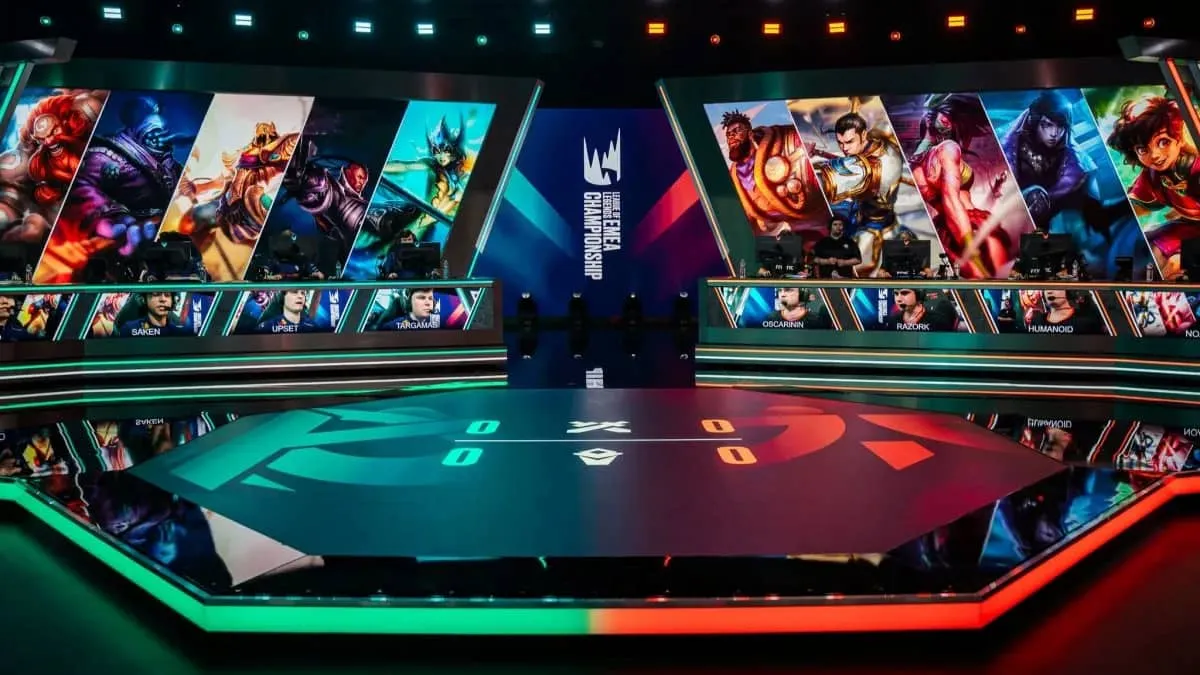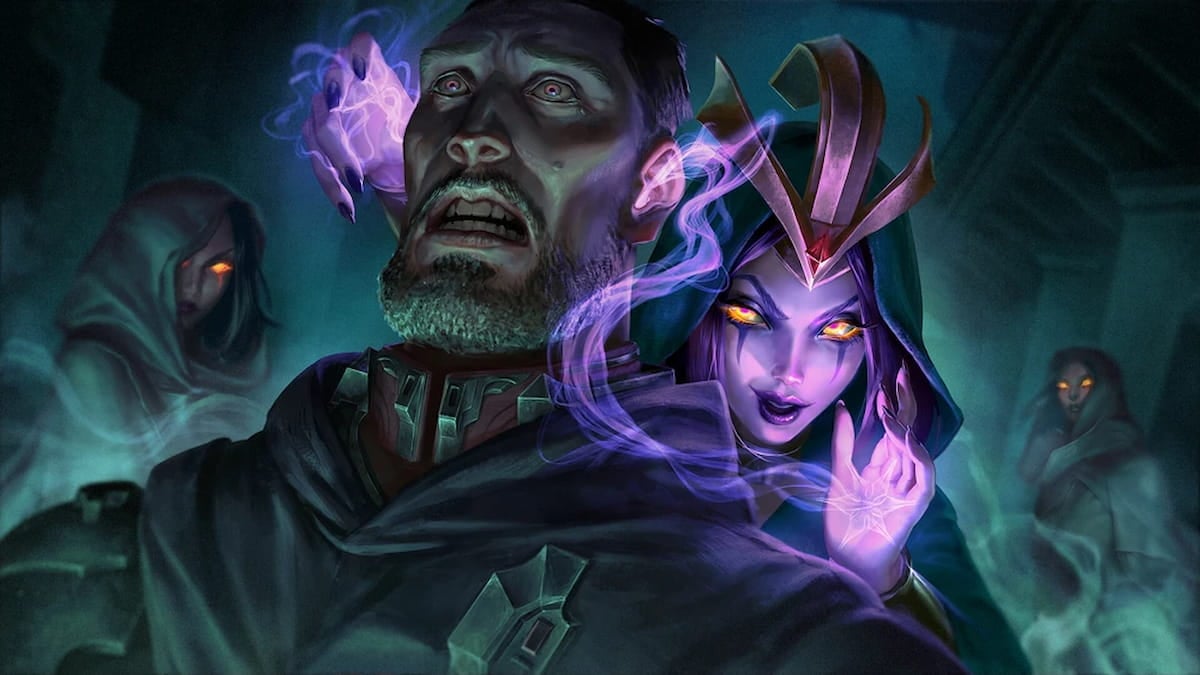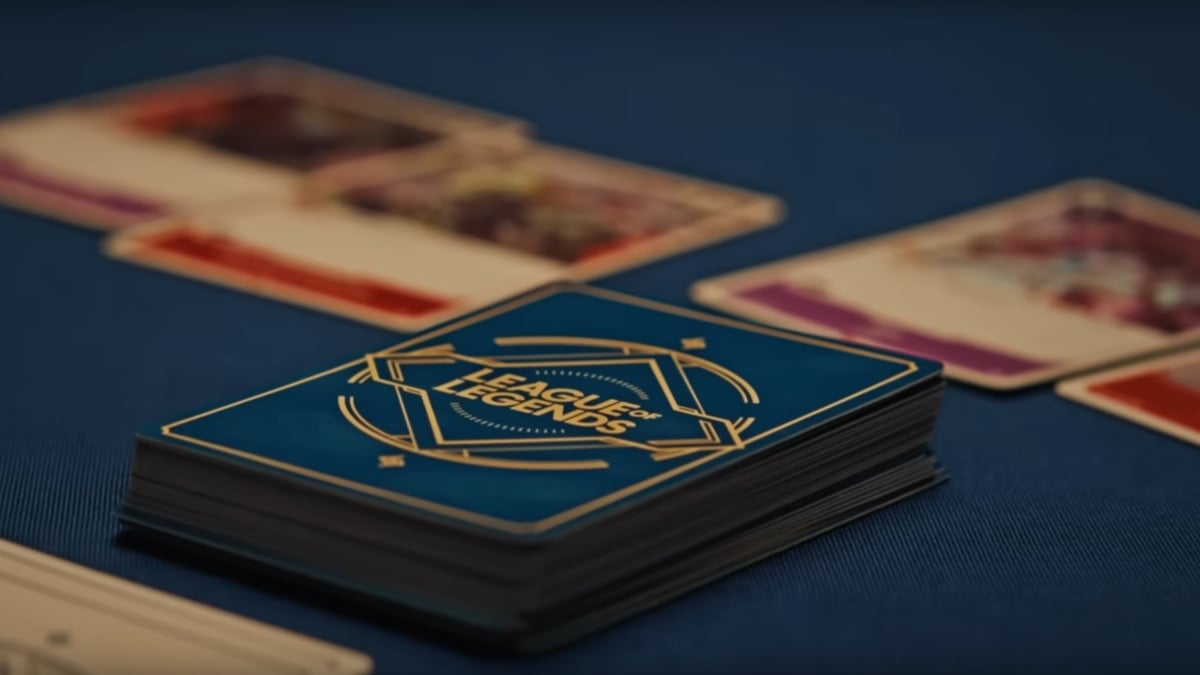In past challenger splits, there has often one team that loomed large over all the others, threatening to crush everyone’s dreams on their path to pro play, though perhaps none of them followed through on that threat so well as LMQ did in spring 2014. The newly rebranded Team Arena Online threatens to be the next such giant. Toward the end of the 2015 regular season, some were ready to call then-Team Dragon Knights a top three team in NA, despite their auto-relegation standing caused by visa issues. Retaining the solid core of Seraph, Kez, and Ninja, and now searching for a botlane to fill out their roster, will the reborn TAO dominate their way back to LCS?
I’m going to come clean on how I feel about this right now: TAO is not going to just crush everyone when NACS rolls around again this spring. In this article I will explain why I feel this way, first by explaining their history and team dynamic, to show that TDK’s potential will be hard for TAO to replicate. While they definitely stand a good chance of qualifying for LCS next split, they will by no means have an easy road. It’s unlikely their new roster will be as impressive as their former one, but if NACS proves to fill out with weak teams there may be a chance.

History
For the purposes of this article, the history of Team Dragon Knights began on June 28, 2015, with their W5D2 matchup versus Team Dignitas. TDK’s prehistory, then, was simply a buildup of frustration and anticipation, which would only be described nowadays as “unlucky”. Chronic visa issues prevented star Korean players Ninja and Emperor from playing for six weeks, during which various subs toiled fruitlessly under the TDK banner. Mercenary-TDK left behind an 0-9 team headed “straight outta LCS.” The Real-TDK which was planned at the beginning of the split, Seraph, Kez, Ninja, Emperor, and Smoothie, entered the second leg of the season with a tall order: they needed to practically win out to make playoffs, or at least change the status quo to avoid autorelegation. As they began their campaign with a resounding win, they at least seemed on track toward the latter objective. Seraph’s signature Vladimir played a huge role in defeating the midgame style DIG was having success with at the time. Ninja was a beast in future games against NME and CLG, earning solo kills against both Innox and Pobelter. And for all his suicidal plays, Emperor showed prowess in other aspects of the game and was never afraid to push his limits. Soon enough, the TDK hype machine was in full motion.
In hindsight though, it all seems silly. While they were definitely competitive versus top teams in the laning phase, there was something left to be desired in TDK’s teamplay and even their basic coordination. Someone was always going in while another was going out, their initiations always seemed to be slightly out of sync. TDK’s “real roster” only ended up going 1-5 in meaningful games, including losses to bottom-table teams NME and T8. The Week 8 loss against the latter sealed their automatic relegation out of the league. Though their most meaningful win was against the #1 team at the time (DIG), it became clear very quickly that DIG was nowhere near a top team, and only temporarily reached the top of the table due to some fortuitous wins. It’s even more difficult to assign value to their Week 9 wins over Cloud 9 and Gravity, as they had literally nothing to play for, but in a way that defied all logic, defeated teams that did. The C9 game particularly was one of the more bizarre, miraculous games to have ever occurred: TDK picked a rather trolly close-ranged all AD assassin lineup (Kha’Zix Zac Zed Lucian Thresh) somehow and out-teamfought the protective C9 comp (Maokai Nunu Orianna Tristana Karma). Had C9 not beaten TSM the next day, the win would have prevented C9 from making the gauntlet, and by extension worlds.
And this all occurred in one of the worst splits in NALCS history. In fact, I’ll even call it the worst split ever in terms of gameplay quality and inconsistency; in contemporary terminology, it would have been called a “clown fiesta.” Had TDK been able to field their intended roster from week 1, sure, I could agree they would have at least avoided autorelegation. Some might argue they’d compete for a playoff spot, but I’m not here to argue hypotheticals. In reality, TDK failed to impress in any significant way.
Dynamic
It has been established that TDK was at least slightly overhyped at the time, misfortune notwithstanding, but that doesn’t mean there weren’t bright spots in their gameplay. TDK’s intended summer roster fit together in a unique way which TAO may struggle to reproduce.
In any given TDK game, the plays that stood out most immediately were those of Ninja and Emperor, though not always for good reasons. Casters and fans alike quickly noticed their incessantly aggressive style in all phases of the game, often to the point of foolishness. Emperor’s suspect positioning on Tristana was perhaps one of his most memorable features during his short stint.

This Rocket Jump against TSM was one of Emperor’s more egregious offenses
Given the short amount of time the team had together, it’s not at all surprising that things were rough around the edges. But from what we saw in that time, it’s not difficult to imagine how the team’s identity would have rounded out: Emperor and Ninja were threatening damage dealers, consistently positioning themselves in the most aggressive place possible. The more relevant of the two to this discussion is, of course, Ninja, as he will remain on the team next split. The former Team WE midlaner played eight unique champions in nine games last summer. Though in the practically meaningless latter games he may have simply picked champions he found fun, it still showed that he has a proclivity for trying different flavors of champions. He likely still tends toward assassins such as Diana and Zed, on which he has the freedom to make plays without abandon. Ninja was still prone to getting himself into sticky situations in his LCS games, but with real preseason practice with TAO’s new roster Ninja could, in time, overcome these flaws and come to contend as a top mid in NA.
The remaining players’ job was essentially to enable their carries’ playstyles in different ways. Much like some of his Challenger contemporaries Trance and Baby, Smoothie was most useful on versatile playmakers Thresh and Alistar. Just as often as he was the primary engager, he was bailing his teammates out of those aforementioned sticky situations. While there were those times where he seemed to be going in 1v5 with Alistar, those situations may be at least somewhat forgivable by the fact that he was the only non-Korean speaker on his team. Still, what set him apart from other challenger supports was this above average instinct for where to be and how to execute his role. I have heard similarly good things about his attitude and active communication (when he is on an English-speaking team, of course). TDK was either smart or fortunate to pick up Smoothie as a sub months ago, and now his merits have taken him to a higher level, as he will replace Xpecial on Team Liquid this upcoming season. I think it will prove very difficult for TAO to find a support approaching Smoothie’s caliber within NA.
Smoothie shows great presence of mind and situational awareness against C9
Jungler Kez, who played a similarly important role for TDK, will also return to TAO this split. His vision-first mentality, which he has maintained since his challenger days on C9T and CoL, was crucial to a team as aggressive as TDK. His early game priorities allowed his teammates to make better informed decisions about their aggression, and this trend will likely continue onto TAO. In addition to being diligent in the vision game, Kez also proved to be a capable initiator when given the tools. Indeed, his most comfortable games were on Evelyn and Zac, on which he was able exploit the enemy’s lack of information to start fights.
This brings us to the last member, top laner Seraph. Whether he knows it or not, he also plays an important role in creating space for his primary carries. While he seems willing to play and capable of fielding an array of top lane styles–tanks, supporters, and splitpushers–he seems most at home splitpushing on Vlad and Nidalee. These champions enable his mid and ADC in different ways: he used [bruiser] Nidalee in the challenger scene to incessantly rat enemy towers, drawing pressure onto himself, and on Vlad he still farms sidelanes incessantly, but converts his pushing strength into teamfight strength, as in the aforementioned DIG game. In this way, he is a true semi-carry who seems to choose his own path in the top lane, in a way that many would describe as greedy, but he sees as ultimately beneficial to the team. Also, given his status as one of the most experienced players on the team, Seraph’s new teammates may also look to him as an example of how to act in the team environment and to competitors; this is a secondary challenge he will face this upcoming year. I hope that he has learned something from struggles on his past teams so that he can step up to be a better teammate than he has allegedly been in the past.
Rebuilding
Now might be a good time to address the elephant in the room: who exactly is going to play botlane? One can only assume TAO will seek Korean speakers first and foremost, but they only have one import slot remaining (Seraph and Kez count as NA). To reference one of Seraph’s former IDs, they will have to find one player who is a true “kina” (Korean in NA), But the truth is, there are practically zero competitively experienced Korean-speaking botlane mains in NA. There probably aren’t even many any Korean-speaking botlane mains in NA high elo at all, let alone those with experience. Two such exceptions might be Leopard and Hyun (ADC and support), who both played in the consistently high-ranked 5s team Not Easy (NTZ), but neither of them strike me as particularly promising. And it’s hard to imagine TAO plucking players from that level straight onto their team anyway, though it could be argued that they picked up Smoothie in a very similar way, and he didn’t even speak Korean.
If there were a player that didn’t need to speak English on TAO, it would be the ADC. To a certain extent, many teams communication systems don’t place heavy burden on the ADC, and are basically only required to relate information about their deployment and how to play around them in teamfights. To exaggerate a little, TAO’s ADC may not need to say more than “I go here”, “kite back”, and “help”. That being said, I still don’t think TAO should pick up a non-Korean speaking ADC. Surely TAO knows better than any other team how the lone wolf easily becomes alienated in the team house environment, and how team progress via discussion is significantly inhibited when one person can’t participate. For their own sake, I hope TAO makes very good use of their import slot, because their options for a native player do not seem nearly as promising.
Competition

Perhaps the somewhat negative picture I’ve painted for Team Arena Online’s future might not matter if NACS turns out to be a weak league this split. I’d be willing to bet that Enemy, Imagine, Cloud 9 Tempest, and TAO might have some semblances of plans for their rosters already, but while their status is unknown to the public, the potential overall quality of the league could vary wildly. Adding to the variability is the fact that Winterfox and Vortex have made zero noise, perhaps a sign that one or both of them could either sell or forfeit their slots to (hopefully) stronger organizations. Should they opt not to, we may be in for another split of mediocrity. And in a split of mediocrity, TAO may be able to breeze back into the LCS.
There is still a lot of uncertainty concerning TAO’s roster, other NACS rosters, and how they will all fare in the upcoming NACS, but ultimately these are very related questions. After examining TDK’s history with a view toward TAO’s future, I believe it will be difficult for TAO to find a strong botlane that suits their preferences. Perhaps TAO can top NACS with a middling botlane. I could even give them the benefit of the doubt that they will resolve the teamplay issues that were most prominent in TDK. But still, crucially, the players they end up acquiring will likely lack TDK’s remarkable potential chemistry, which they themselves were unfortunately never able to reach. On the balance of probabilities, TAO will not crush NACS as some would have it, especially if the league’s competition proves to be stiffer this year. And if they can’t crush NACS, there’s no chance they will make the explosive entrance to the LCS that some fans dreamed for them earlier this year.






Published: Nov 30, 2015 09:35 pm